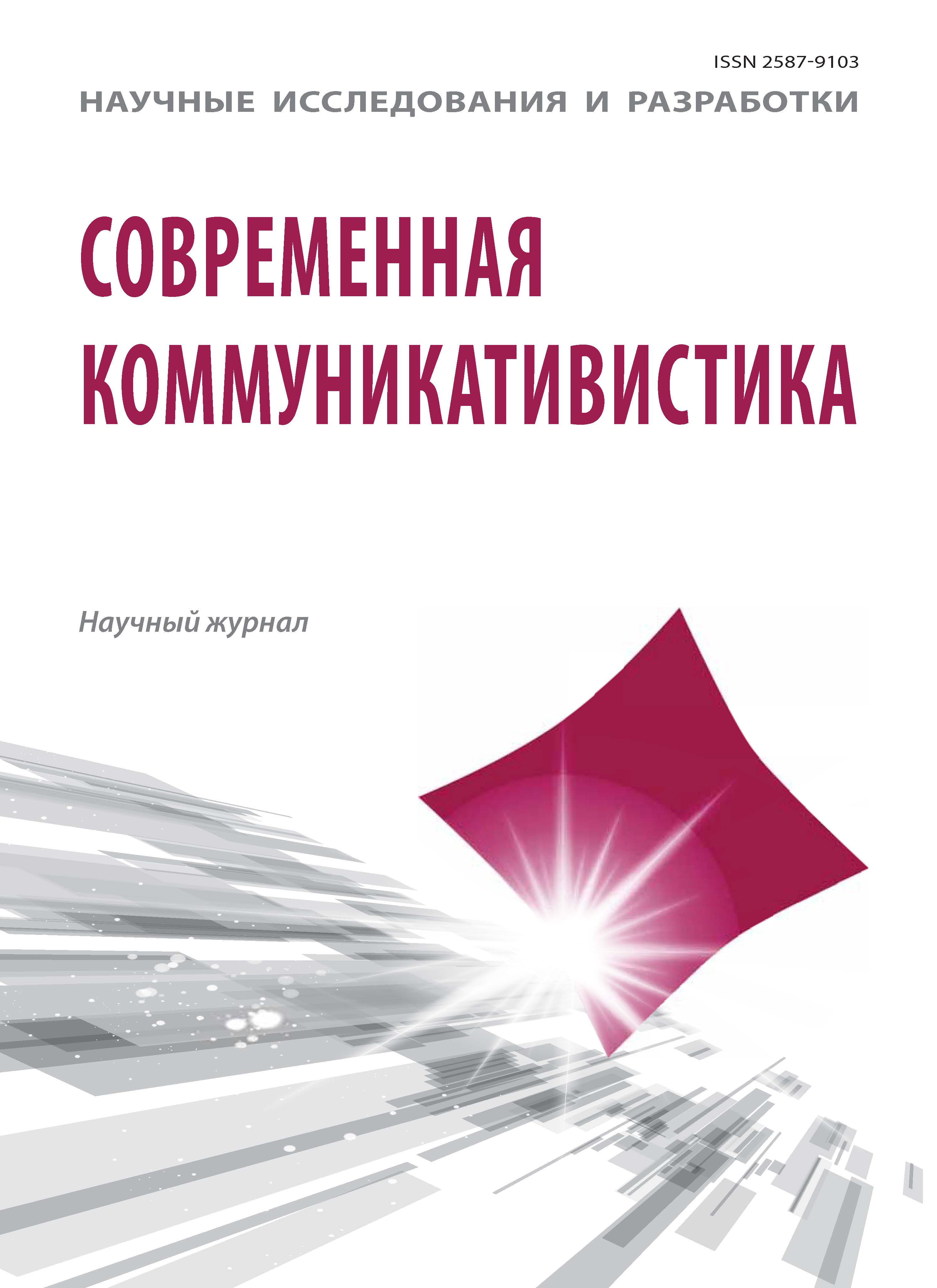Vashington, United States of America
The article discusses the question of what constitutes the sui generis of the ‘science of communication’ and how it is different from other areas of scientific knowledge. Two such attempts are considered: Lee Thayer’s article entitled 'On Theory-Building in Communication: Some Conceptual Problems', published in 1963, and Silvio Weisbord’s book entitled 'Communication: A Post-Discipline', which came out after half a century after Lee Thayer's article. It is argued that it is possible to conceptualize the nature of the science of communication only by referring to the ontological foundations of communication. In this regard, to conceptualize the nature of the science of communication means to define it as a scientific object that is different from the objects of all other sciences. It is noted that the 'object-horizon' structure creates a perspective, thanks to which objects appear to our consciousness. From these positions, it is difficult to define communication 'as such', identifying its limit, since its horizon is also communication. Accordingly, communication is an object that exists as something whole in its various manifestations. It seems that the science of communication 'as such' can be aimed at conceptualizing this.
communication, science of communication, ontology, consciousness, perception, manifestation
1. Bahtin M. M. Problemy poetiki Dostoevskogo [Tekst] / M. M. Bahtin. - M.: Sovetskiy pisatel', 1963. - 363 s.
2. Lotman, Yu. M. O semiosfere [Tekst] / Yu. M. Lotman // Izbrannye stat'i v treh tomah. - Tallin: Aleksandra, 1992. - T. 1: Stat'i po semiotike i topologii kul'tury. - S. 11-24.
3. Mamardashvili M. Moy opyt netipichen. [Tekst] - M. Mamardashvili. - SPb.: Azbuka, 2000. - 400 s.
4. Merlo-Ponti M. Fenomenologiya vospriyatiya [Tekst]. - M. Merlo-Ponti. - SPb.: "Yuventa" "Nauka", 1999. - 605 c.
5. Yum D. Traktat o chelovecheskoy prirode [Tekst] / - D. Yum. - M.: Kanon. - Kn. 1. - 399 s
6. Calhoun, C. Communication as social science (and more). [Tekst] - C. Calhoun // International Journal of Communication. 2011. - 5. - pp. 1479-1496.
7. Donsbach, W. The identity of communication research. [Tekst] - W. Donsbach // Journal of Communication. - 2006. - 56. - pp. 437-448.
8. Favareau, D. The evolutionary history of biosemiotics. [Tekst] - D. Favareau // Introduction to Biosemiotics: The New Biological Synthesis. - 2007. -pp. 1-68.
9. Peters, J. Space, time, and communication theory. [Tekst] - J. Peters // Canadian Journal of Communication. - 2003. - 28. - pp. 397-411.
10. Thayer, L. On theory-building in communication: Some conceptual problems. [Tekst] - L. Thayer // Journal of Communication. - 1963. - 13(4). - pp. 217-235.
11. Waisbord, S. Communication: A Post-Discipline. [Tekst] / - S. Waisbord. Cambridge, UK: Polity Press, 2019. - 176 p.
12. Wilden, A. System and structure: Essays in communication and exchange. [Tekst] / - A. Wilden. - London: Tavistock, 1980. - 592 p.
13. Zlatev, J. The semiotic hierarchy: Life, consciousness, signs and language. [Tekst] / - J. Zlatev // Cognitive Semiotics. - 2009. - 4. - pp. 169-200.







